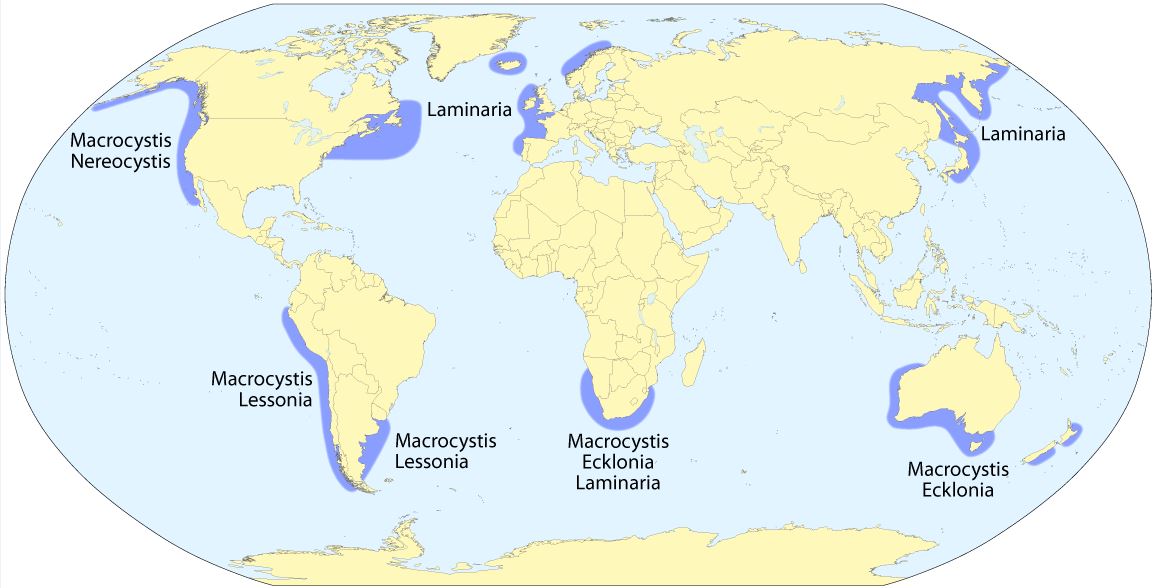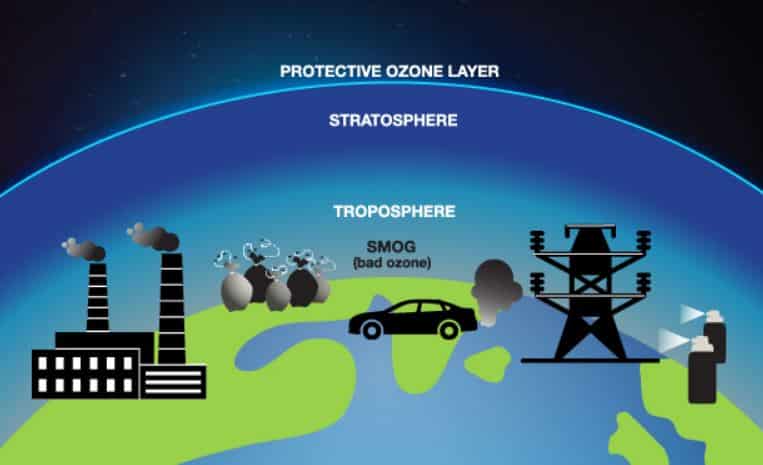
The 24th Session of the of the Conference of the Parties to the United Nations Framework Convention on Climate Change COP24 was held in Katowice, Poland.
Agenda of COP24: The conference focused on three key issues:-
- Finalization of guidelines/ modalities/rules for the implementation of Paris Agreement.
- Conclusion of 2018 Facilitative Talanoa Dialogue (to help countries implement NDC by 2020)
- The stocktake of Pre-2020 actions implementation and ambition
Key outcomes in Katowice | UPSC IAS PCS PIB
Accounting Guidance Rules to guide the countries for their Climate pledges (“nationally determined contributions”, NDCs), will make it easier to compare pledges and to add them up as a global aggregate.
- All countries “shall” use the latest emissions accounting guidance from the IPCC, last updated in 2006, but now in the process of being reformed next year.
- Market mechanisms: This provides for the trading of carbon credits i.e. overachievement of NDCs (cooperative approaches and internationally transferred mitigation outcomes (ITMOs)), as well as individual projects generating carbon credits for sale. Following is the status on this front:
- Accounting Rules to prevent “double counting” of emissions reductions by the buyer and seller of offsets could not be finalised.
- The schemes and methodologies for the implementation of Sustainable Development Mechanism- SDM would be discussed in COP25. The SDM is intended to replace the Kyoto Protocol’s “Clean Development Mechanism” (CDM) for carbon offsets. o Overall Mitigation in Global Emissions (OMGE): It is a central and critical new element under the Paris Agreement, that takes carbon markets beyond the offsetting approaches of the existing markets like the CDM.
- The primary purpose of OMGE is to deliver on cost-effectively reducing greenhouse gas emissions, rather than creating carbon markets for their own sake.
- Small island countries wanted a mandatory automatic cancellation or discounting for an OMGE applied to all the activities under market mechanism. However this option was removed from the COP decision and made voluntary.
- Climate finance reporting: Developed country Parties shall biennially communicate indicative quantitative and qualitative information on programmes, including projected levels, channels and instruments, as available public financial resources to be provided to developing country Parties. Other Parties providing resources are encouraged to communicate biennially such information on a voluntary basis.
- The UNFCCC secretariat to establish a dedicated online portal for posting and recording the biennial communications.
- Global stocktake: Paris Agreement requires the CMA (Conference of the Parties serving as the meeting of the Parties to the Paris Agreement) to periodically take stock of the implementation of the Paris Agreement and to assess collective progress towards achieving the purpose of the Agreement and its long-term goals. This process is called the global stocktake.
- The rules set the structure for the stocktake process, which is to be divided into three stages: Information collection, technical assessment and consideration of outputs.
- Transparency: The purpose of the transparency framework is to provide a clear understanding of climate change action in the light of the objective of the Paris Convention. This includes clarity and tracking of progress towards achieving Parties’ individual NDCs, and Parties’ adaptation actions, including good practices and gaps, to inform the global stocktake.
- Moreover, it provides clarity on support provided and received by relevant individual Parties in the context of climate change actions, and, to the extent possible, to provide a full overview of aggregate financial support provided, to inform the global stocktake.
- The final rulebook applies a single set of rules to all countries, however with flexibility for “those developing country parties that need it in the light of their capacities”, reflecting CBDR-RC principle.
- Loss and damage: Loss and damage caused by the unavoidable impacts of climate change was a touchstone issue for vulnerable countries, such as small island developing states. The rulebook mentions this issue, however, in a diluted version.
- The global stocktake rules do add loss and damage clause. The stocktake rules now say it “may take into account, as appropriate, efforts to avert, minimise and address loss and damage associated with the adverse effects of climate change”.
- The transparency rules also say countries “may, as appropriate” report on loss and damage.
- Other matters: Rules were finalised in a number of other areas, including how compliance with the Paris Agreement is to be monitored.
- COP24 agreed to set up an expert compliance committee that is “facilitative in nature, non-adversarial and non-punitive”. It will not impose penalties or sanctions. The committee will be able to investigate countries that fail to submit climate pledges.
- COP decided that the “adaptation fund” – a financial mechanism set up under the Kyoto Protocol – should continue under the Paris Agreement.
- Talanoa Dialogue: The final text simply “invited” countries to “consider” the outcomes of the Talanoa dialogue in preparing their NDCs and in efforts to enhance pre-2020 ambition.
- The text also “welcomes” the 2018 stocktake on pre-2020 implementation and ambition, and reiterates its decision to convene another stocktake next year.
- Pre-2020: With respect to the “pre-2020” commitments –first agreed by developed countries in 2010 in Cancun – the COP called for developed countries to ratify the Doha Amendment so that it can enter into force. This would extend the Kyoto Protocol on developed country emissions till 2020.
- The COP also “strongly urges” developed countries to increase their financial support in line with the promise to jointly mobilise $100bn per year in climate finance to poorer countries by 2020. It acknowledges that “the provision of urgent and adequate finance” will help developing countries in order to up their own pre-2020 action.
- ‘Welcoming’ the IPCC 1.5°C report: Despite the majority of countries speaking in favour of the report, four countries – the US, Saudi Arabia, Russia and Kuwait – refused to “welcome” the report. The COP welcome its “timely completion” and “invited” countries to make use of the report in subsequent discussions at the UNFCCC.
Analysis of the outcomes | UPSC IAS PCS PIB
- Provision of finance by developed countries: Rules on financial contributions by developed countries have been diluted making it very difficult to hold them accountable.
- Now, developed countries have the choice to include all kinds of financial instruments, concessional and non-concessional loans, grants, aids etc, from various public and private sources, to meet their commitments.
- The rules on ex-ante (forecasted) financial reporting and its review for adequacy has been significantly weakened.
- Developed countries now have the freedom to decide the amount and the kind of financial resources they want to give to the developing countries and do this without any strong mechanism of accountability.
- Loss and damage: The Warsaw International Mechanism, which has to deal with averting, minimizing and addressing loss and damage associated with the adverse effects of climate change, has no financial resources to support vulnerable countries. With no financial provisions, the countries are now left on their own to address the impacts of climate change.
- Global stocktake (GST):
- The non- Policy prescriptive rulebook for GST ensures that the process will neither give any recommendation to individual countries or a group of countries, nor will it give any prescriptive policy to everyone. This would result in collection of a lot of technical information without any clear recommendation to increase ambition on mitigation or finance.
- Also, equity has been mentioned in the text, but there is no mechanism to operationalize it.
- Carbon market Mechanism:
- There has virtually been no progress made on non-market mechanisms (sub-article 6.8 of Paris Agreement) to reduce emissions and enhance sinks in forests and land.
- There is no firm decision on OMGE mechanism. Also, the rulebook has different rules for different markets, which is non-transparent and makes emissions reductions unverifiable. Trading is allowed for sectors which are not covered in a country’s emissions targets, which will dilute the overall mitigation effect.
- Countries are on their own: The Paris Agreement had both bottom-up and top-down elements. Most of the top-down elements have been diluted in the rulebook. The Paris Agreement and its rulebook is now a totally ‘self-determined’ process. Countries are now on their own to mitigate, to adapt, and to pay the cost of climate impacts.










